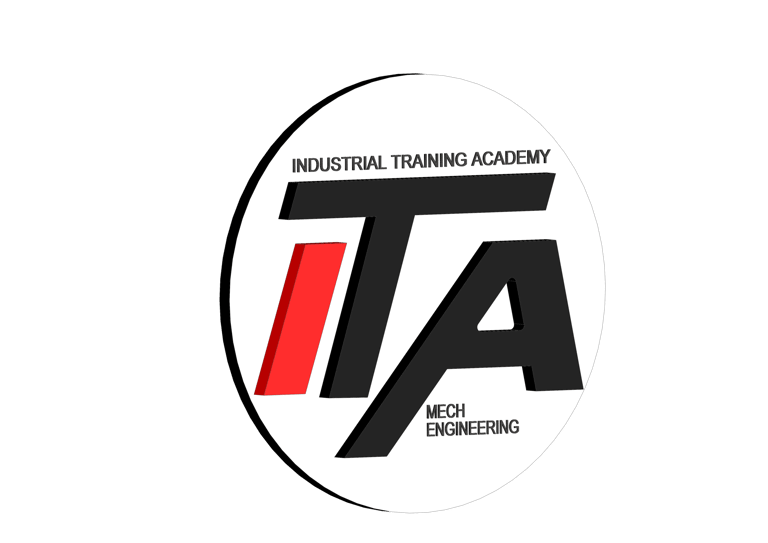Introduction
In today's competitive business landscape, organizations across industries strive to enhance their operations, maintain customer satisfaction, and boost efficiency. One powerful tool that has emerged to address these objectives is the ISO 9001:2015 Quality Management System (QMS) standard. ISO 9001:2015 is the latest revision of the globally recognized standard, and it provides a framework for implementing a robust quality management system that can significantly improve an organization's performance and customer satisfaction. In this blog, we will learn about the key aspects of ISO 9001:2015, its benefits, and how it helps businesses achieve excellence. Topic Covered are :
What is ISO9001 2015
Origin of ISO9001
Latest revision of ISO9001 2015
Benefits of ISO9001 2015
Conclusion
What is ISO 9001
ISO 9001:2015 is part of the ISO 9000 family of standards developed by the International Organization for Standardization (ISO). It outlines the requirements for establishing, implementing, maintaining, and continually improving a Quality Management System within an organization. The primary goal of ISO 9001:2015 is to help businesses deliver consistent, high-quality products or services that meet customer expectations while driving continual improvement.
Origin of ISO 9001
1. Birth of ISO 9000 Series: The first version of ISO 9001, known as ISO 9001:1987, was published in 1987 as part of the ISO 9000 series. It provided a basic quality management system model, focusing on documentation, process control, and quality assurance. Though it was a significant step forward, the standard received criticism for being too bureaucratic and document-focused.
2. Evolving towards Customer Focus: In response to feedback, ISO introduced ISO 9001:1994, which placed more emphasis on customer satisfaction and continuous improvement. This revision marked a shift towards a process-based approach, wherein organizations were required to identify and manage processes that directly affected product or service quality.
3. Continuous Improvement with ISO 9001:2000: The year 2000 saw another substantial revision with the release of ISO 9001:2000. This version adopted the Plan-Do-Check-Act (PDCA) cycle, popularly known as the Deming Cycle, as the foundation for continual improvement. It also emphasized the involvement of top management in quality management and placed more importance on the process approach.
4. Process Approach and Risk-Based Thinking: In 2008, ISO 9001:2008 was published as a minor revision to address some user concerns and improve compatibility with other management system standards. It retained the process approach and continued the emphasis on customer satisfaction and continual improvement.
5. ISO 9001:2015 - A Paradigm Shift: The most significant transformation in the journey of ISO 9001 came in 2015 with the release of ISO 9001:2015. This version brought about a paradigm shift in quality management principles. It adopted the High-Level Structure (HLS) to align with other ISO management system standards, making integration with standards like ISO 14001 and ISO 45001 more straightforward.
Key Changes in Latest Revision of ISO 9001 2015
Compared to its predecessor, ISO 9001:2008, the 2015 version introduced some significant changes to reflect the evolving business environment and ensure better alignment with other ISO management system standards. Some key changes include:
1. High-Level Structure (HLS): ISO 9001:2015 adopts the HLS, which provides a common framework for all ISO management system standards. This structure facilitates integration with other standards like ISO 14001 (Environmental Management) and ISO 45001 (Occupational Health and Safety Management).
2. Risk-Based Approach: The latest version emphasizes the importance of risk-based thinking. Organizations are required to identify potential risks and opportunities that can affect the QMS's ability to deliver desired outcomes, enabling proactive decision-making.
3. Leadership and Commitment: Top management's engagement and commitment to the QMS are now highlighted. Leaders are expected to take ownership of the system's success, ensuring its integration into the organization's overall strategic direction.
4. Context of the Organization: The new standard mandates understanding the internal and external factors that impact the business. This involves identifying stakeholders, their needs and expectations, and considering them when defining quality objectives.
5. Process Approach: ISO 9001:2015 emphasizes a process-based approach to quality management, focusing on the interactions between different processes to achieve desired results efficiently.
Benefits of ISO 9001 2015
1. Improved Quality: By implementing a systematic QMS, organizations can consistently deliver products or services that meet customer requirements and adhere to applicable regulations, resulting in improved quality.
2. Enhanced Customer Satisfaction: Understanding customer needs and expectations leads to greater customer satisfaction, loyalty, and increased repeat business.
3. Streamlined Processes: The process-based approach helps identify inefficiencies and bottlenecks, leading to optimized processes and reduced waste.
4. Better Risk Management: The emphasis on risk-based thinking enables organizations to anticipate and mitigate potential risks, avoiding costly issues and reputational damage.
5. Competitive Advantage: ISO 9001:2015 certification is a testament to an organization's commitment to quality and can serve as a competitive differentiator in the marketplace.
6. Increased Employee Engagement: Engaged employees play a crucial role in driving quality improvements and are more likely to contribute positively to the organization's success.
Conclusion
ISO 9001:2015 is much more than a certification; it is a strategic tool for business excellence. By focusing on customer satisfaction, process efficiency, and continual improvement, organizations can achieve sustainable growth and success. Implementing ISO 9001:2015 requires commitment and effort, but the rewards in terms of improved quality, customer loyalty, and operational efficiency are well worth the investment. Whether you are a small business or a multinational corporation, embracing the ISO 9001:2015 standard can set you on a path toward excellence and competitiveness in today's dynamic marketplace.
